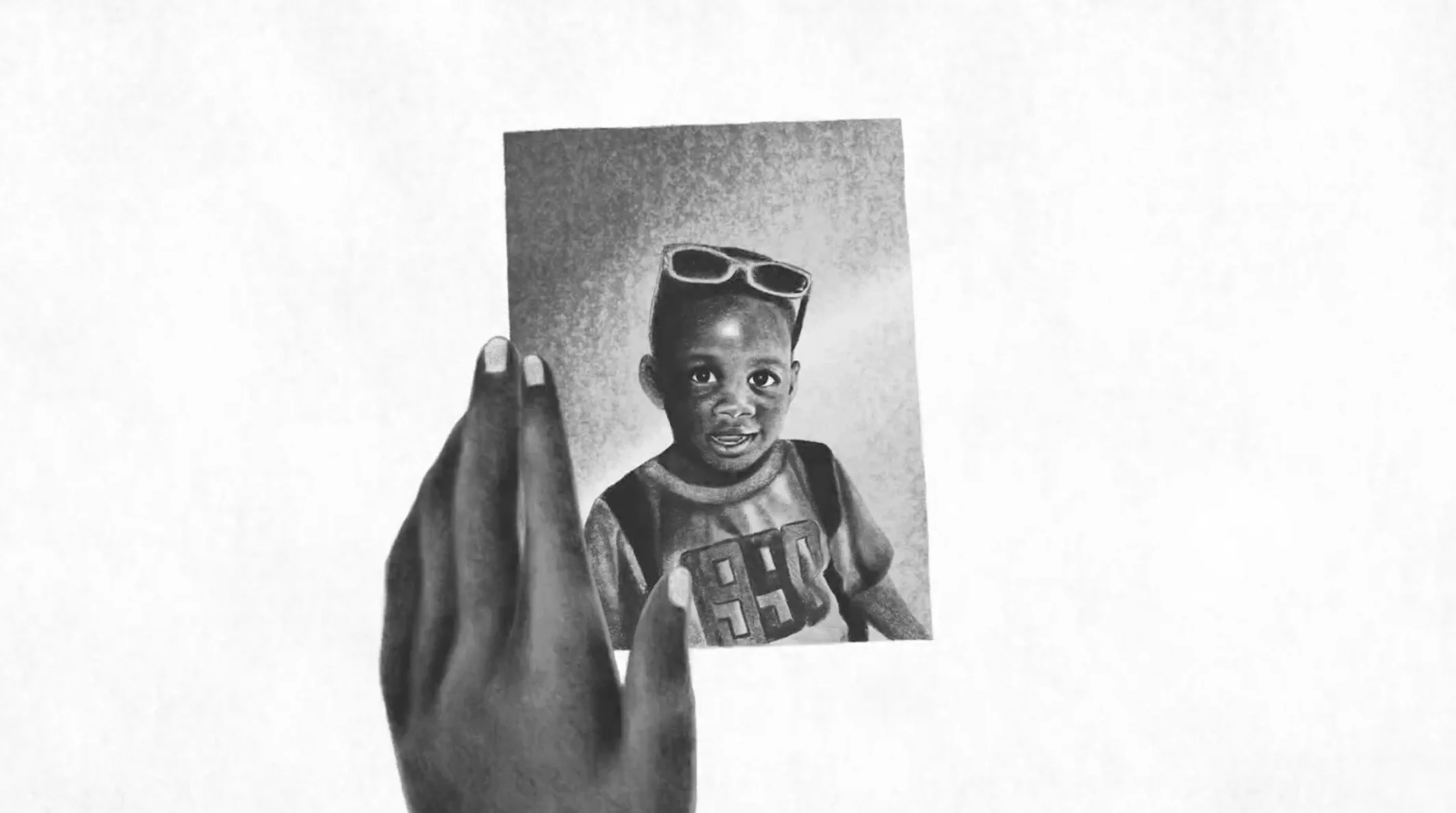Review: In a Vaulted Room
/The photographic work of two fourth year students of Simon Fraser University share the gallery walls of downtown Vancouver’s Art Beatus gallery in In a Vaulted Room. This photography exhibit is part of Vancouver’s Capture Photography Festival, an annual celebration featuring public installations, exhibitions, and events. Neo Tang’s Ten Sisters series stands apart from Viki Wu’s Merging, but both photographers’ works probe the viewer to consider the relationships between audience, subject, and photographer.
Ten Sisters II by Neo Tang
Ten Sisters is composed of ten black-and-white portraits of different women. Each is titled not with the subject’s name, but with an assigned roman numeral, leaving the identity of each individual a subtle mystery. The women must be in some way associated with one another, but the viewer can’t easily discern how. They seem to share a secret connection, each existing as a part of a greater whole; as different in ethnicity and demeanour as these ladies are, something aside from gender threads them together through time and space.
The settings in which the women are depicted are recognizable, yet range in level of intimacy. Portraits that show the women in public spaces such as a downtown sidewalk or nightclub contrast with those depicting them lying in bed or sharing a table for two. A few women face the camera head on, acknowledging the photographer and posing for the machine, while others are caught in private acts such as working in an art studio. Some portraits appear slightly blurred, while others remain crisply in focus, and I’m unsure as to the intention behind this. Nevertheless, the series is successful as a collective, with the variations in style grounded by the uniformity of the size of the images. Together, they create a grid-like structure on the gallery wall.
Untitled 2 by Viki Wu
Opposite Tang’s series lies that of Viki Wu. By utilizing mirrors in her photography, Wu uses her own reflection to exert her presence as photographer in her work. In certain images, the black edges of the rectangular mirror cut distinct lines through the scene or the subjects’ bodies. With her reflection, we see Wu sharing the image space with what appears to be two other subjects. At times, we see only a selected portion of the person’s body, such as a torso or a pair of feet, while others capture the entire subject, as well as their environment.
The images in this series vary in print size and style, giving it a scattered feel. Of the nine prints, only one is depicted in black and white, while the others are full colour. Most of the photographs feel confrontational, with the presence of the camera so obvious. But the reflected image of the photographer is less discernible and therefore less imposing in one image, Merging IV, breaking from this commonality. The ideas behind the images within this series are clear, but the reasons behind their execution and framing were less so.
Although In a Vaulted Room did not leave me in awe, it is still worth a visit to the Art Beatus gallery. Established in the 1990’s, the gallery is dedicated to exhibiting work by emerging Chinese artists, and has a sister location in Hong Kong. The cozy space has a little reading corner in the back with shelves of magazines and books for purchase. The racks of other artworks provide a peek of the huge variety that Art Beatus represents.
In a Vaulted Room runs from April 15 to June 10, 2016, at the Art Beatus Gallery Vancouver. For more information about the exhibit, or about Capture Photography Festival, visit capturephotofest.com.







